‘Momentum building’ around CERN’s next particle collider
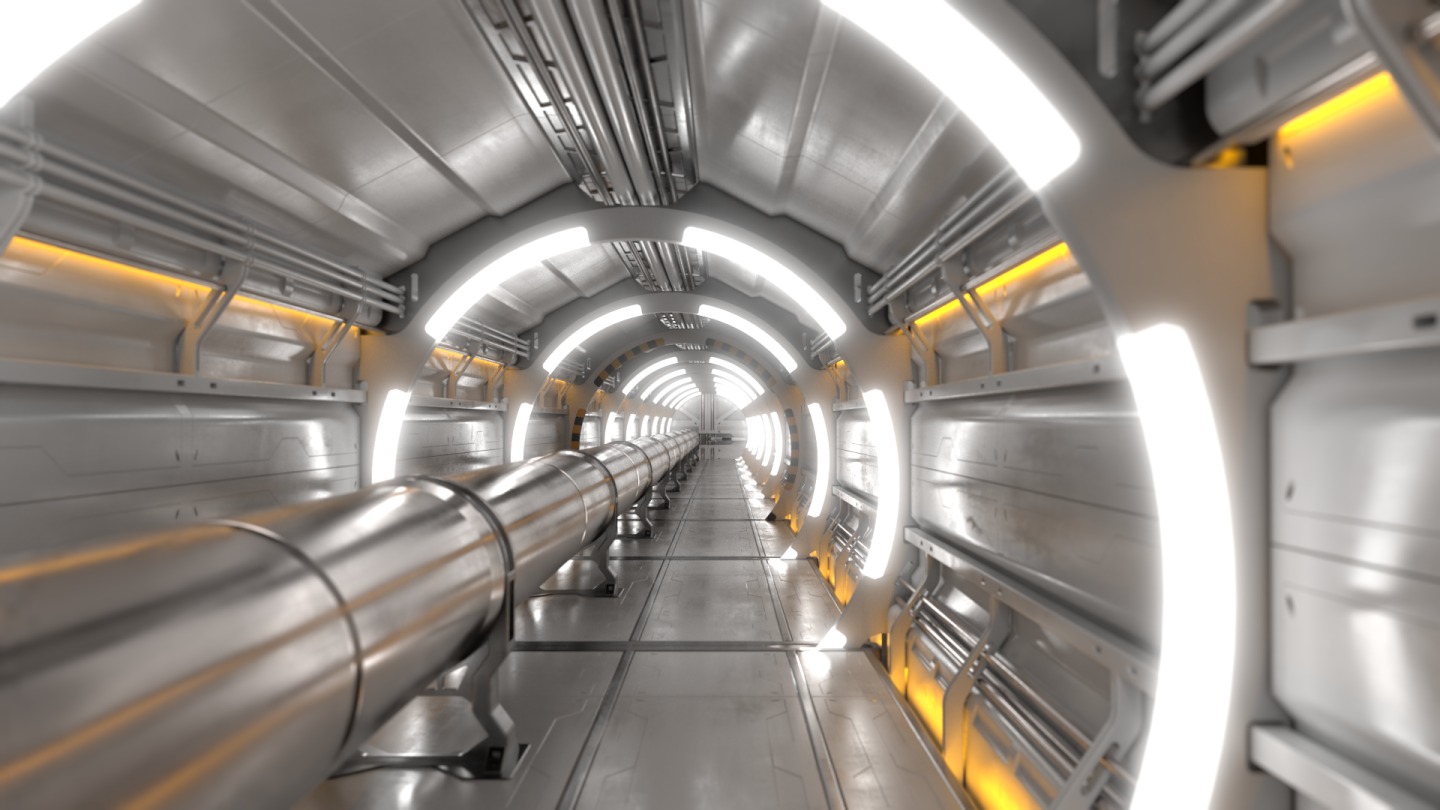
Preparations for a massive new particle smasher near Geneva are picking up speed. But the European-led project, which hopes to answer some of the biggest questions in physics, faces many obstacles, including competition from China.
In 2012 scientists at the European Organization for Nuclear Research (CERN) achieved a key breakthrough when they detected the elusive Higgs boson, an elementary particle that gives mass to all the others. This followed decades of work using accelerators such as the famed Large Hadron Collider (LHC), the world’s most powerful particle collider located north of Geneva.
Yet many fundamental questions about the universe remain unanswered: What constitutes dark matter? Why is our universe filled with matter and not antimatter? Or why do the masses of elementary particles differ so much?
The search for answers to these and other big physics questions requires another “leap to higher energies and intensities”, says CERN. The organisation wants to build a more powerful and precise successor to the LHC, which was conceived in the early 1980s and will complete its mission in 2040.
“We build these machines to explore the nature of the universe. It’s about going out into the unknown and exploring further,” says Mike Lamont, CERN’s director of accelerators and technology.
And so, following requests by the global physics community, plans for the so-called Future Circular Collider (FCC) have been taking shape over the past ten years.
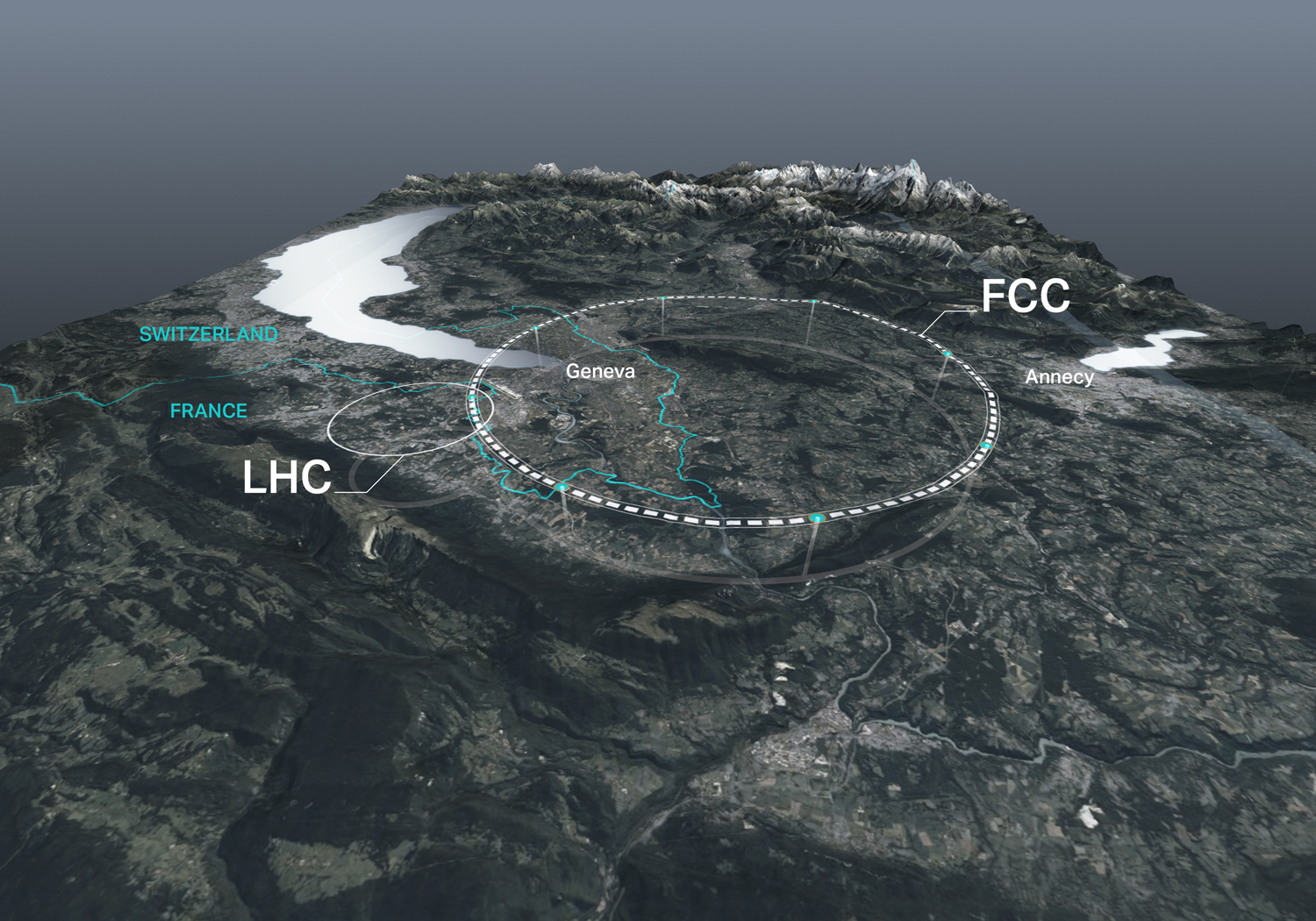
A 91-kilometre-long (56-mile) circular tunnel, three times longer than the current LHC, would be builtExternal link around the city of Geneva on Swiss and French territory, passing under Lake Geneva. Eight scientific sites would be built on the surface – seven in France and one in Geneva. The initial cost estimate: CHF11 billion ($12.7 billion) for the first phase; CHF21 billion overall.
Inside the huge tunnel, particles would be accelerated over longer distances before smashing together at collision energies of 100 Tera electron volts (TeV) – a seven-fold increase compared to the LHC – to wrest their most closely-held subatomic secrets.
Exploratory phase
The FCC is not yet approved and is years away from being switched on. Yet there is growing excitement about the project, according to Lamont.
“There’s a sense of momentum building,” he says. “There’s been a lot of buy-in from the various European players at all levels. They’ve been really pushing hard.” Presently, around 150 universities, research institutes and industrial partners are collaborating on the venture.
A feasibility study due to be completed in 2025 was launched this springExternal link and field assessments are underway.
“We are moving into an exploratory phase,” explains Michael Benedikt, FCC study leader.
His team has identified an ideal path for the FCC and the sites for the eight surface points where collider infrastructure and experiments would be located.
The field assessments are being carried out in conjunction with local communities to resolve any potential conflicts.
“Many people think it’s a huge structure but it’s mostly underground,” says Lamont.
Iron out problems
CERN is keen to iron out any early problems. Mayors and other local officials from locations that would be affected by the future collider have been invited to existing CERN facilities to see for themselves what the new sites and other infrastructure would look like.
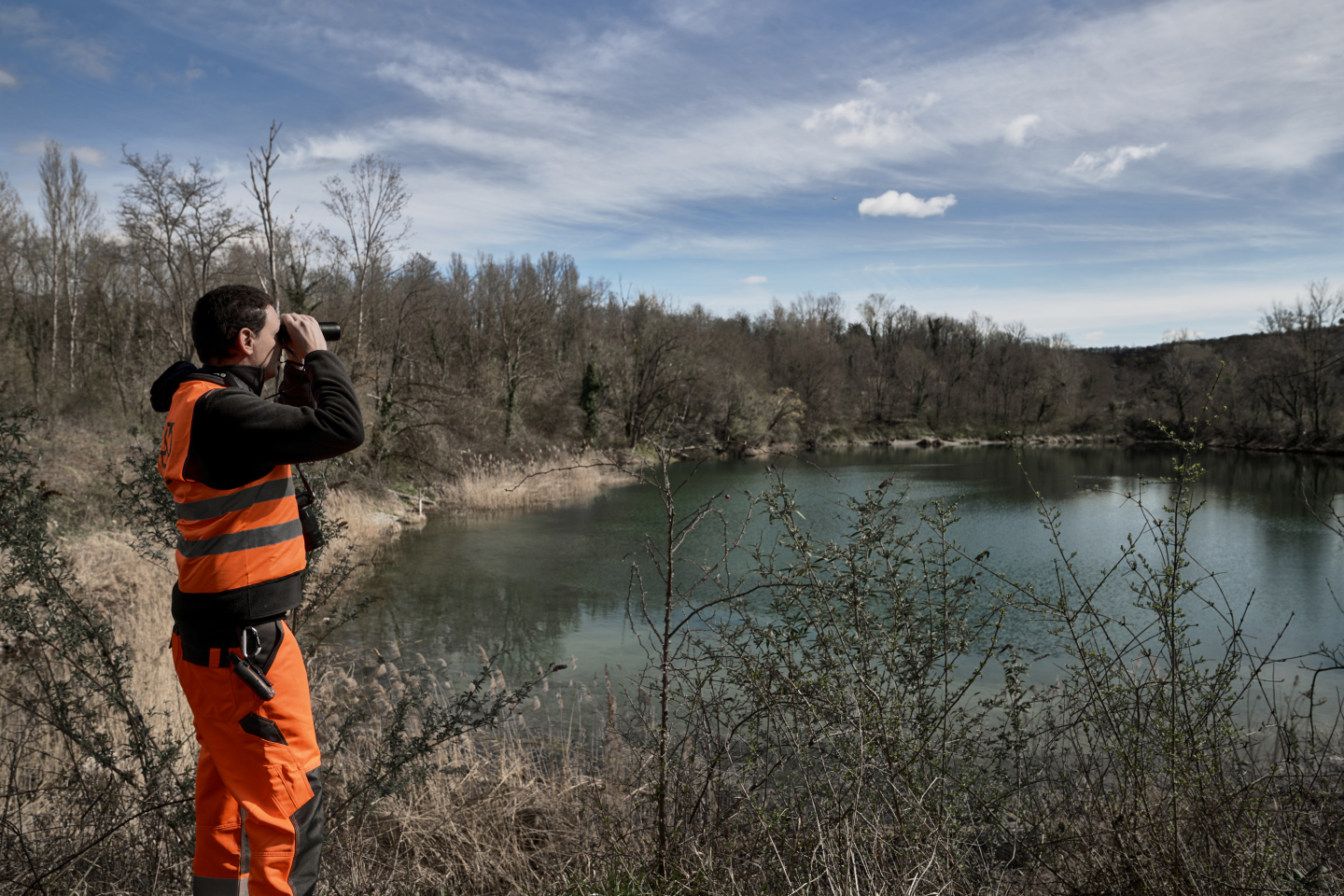
Environmental studies are being conducted in the French and Swiss countryside to gather data on the local geology and flora and fauna that may be affected by the mega-collider. Seismic studies and drilling will begin next year.
“They are all interested in understanding what we are doing, why we are doing it, and so far, there has been absolutely no opposition in the sense they don’t want this project,” he says.
Criticism about costs and scale
Opposition has nonetheless been voiced by the local Noé21 associationExternal link, which released a critical report in October 2022. It questioned the monumental scale of the FCC, which it says would require nine million cubic metres of earth to be excavated. The annual electricity needs would triple current consumption at CERN to four terawatt hours (TWh), representing more electric current than for all Swiss public transport, it claimsExternal link.
The costly plan has other critics — even among physicists. Some, like Sabine Hossenfelder, a theoretical physicist at the Frankfurt Institute for Advanced Studies in Germany, fear that this huge project will gobble up funds that could be used for other, less abstract physics research.
“It is a huge amount of money just to measure more precisely what a bunch of particles do that decay within nanoseconds,” she argues. “There is no reason to think such a machine would discover anything new.”
She argues that the money should be invested in more directly applicable research, such as an international centre for climate predictionsExternal link or for epidemic modelling.
“Pouring this amount of money into a discipline that has no societal relevance is going to draw people away from more important studies – it actually becomes a hindrance on the way to progress.”
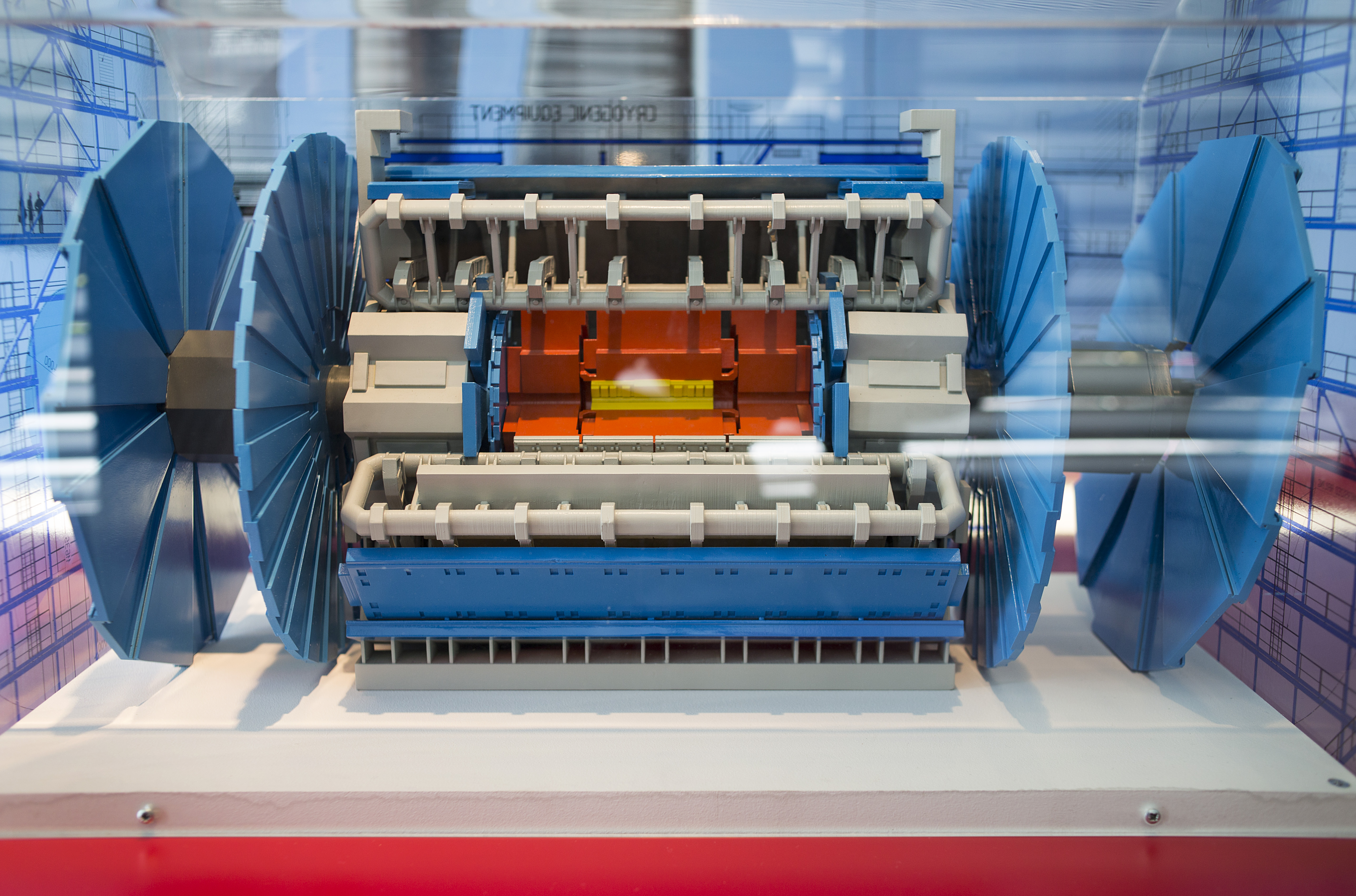
More
In the bowels of the monster
Squeezing a huge collider into the Franco-Swiss region
CERN’s plans for its next-generation collider involve two phases. In the first, the organisation proposes building a bigger tunnel by the middle of the century to collide sub-atomic particles, maximise the production of Higgs bosons and understand their properties in greater detail.
During this phase, physicists will be able to “study the hell out of the Higgs”, says Lamont.
Later, the first machine would be dismantled and replaced by an even more powerful proton-proton smasher that would reach collision energies of 100TeV (a unit of energy used in particle physics) and last into the second half of the century. Much of the final machine’s technology is yet to be developed and will be the subject of intensive study in coming decades.
The civil engineering challenges of building an even bigger collider in the densely populated region at the end of Lake Geneva are immense.
“Tunnelling under the lake is one problem. Another is the limestone of the Jura mountains and the Salève overlooking Geneva,” says Lamont. Engineers had to look for places where the drilling machines can cut through a softer rock layer, leaving few possible design options.
Plan B and Chinese competition
A final decision by CERN member states – 22 European nations and Israel – on whether to greenlight the project will not be taken before 2028. If it goes ahead, construction is pencilled to start in 2038 and the first phase would not begin before 2048. If it gets rejected, CERN has also worked on designs for a plan B: an 11 to 50km long Compact Linear Collider (CLIC) which, unlike the FCC, can focus only on one physics experiment at a time.
CERN is a globally recognised research centre and a leader when it comes to unlocking humankind’s knowledge of matter. But it will face stiff competition in the years ahead: China revealed plans in 2018 for its own 100km long electron-positron supercollider that could begin experiments as early as 2030. CERN officials fear that as ambitious China swiftly progresses, they could get overtaken and lose their leading position in this specialised field.
“We must recognise this is a real danger,” says Lamont. “I think the Chinese are coming up the learning curve very steeply. It would be very wrong to underestimate their capabilities.”
But this kind of healthy competition could also help accelerate CERN’s plans, say officials.
The FCC plan is ambitious, says Lamont with a nervous laugh. “But we’re confident we can do this. It’s not a shot in the dark.
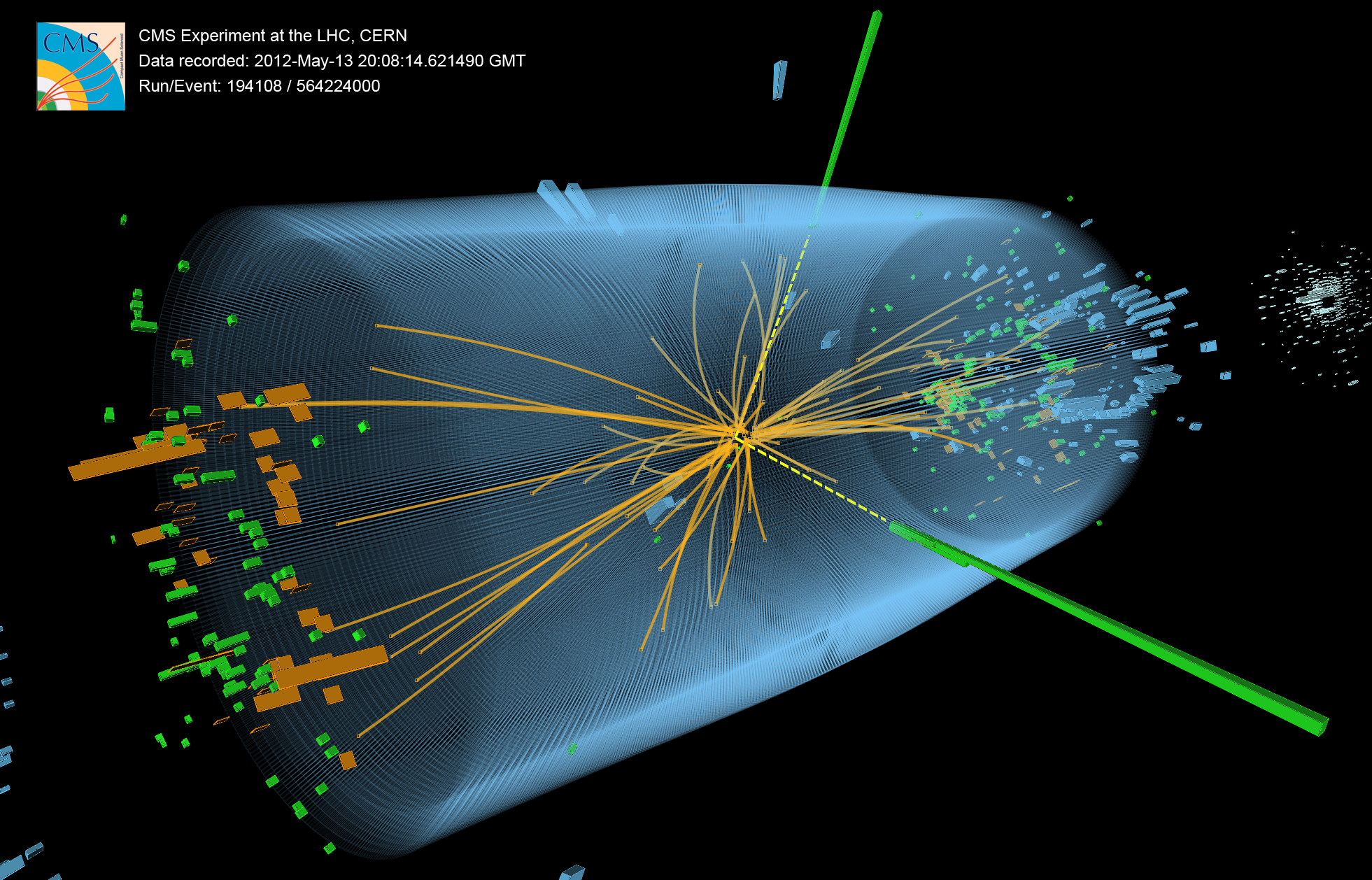
More
Cern detects new ‘Higgs-like’ particle

In compliance with the JTI standards
More: SWI swissinfo.ch certified by the Journalism Trust Initiative
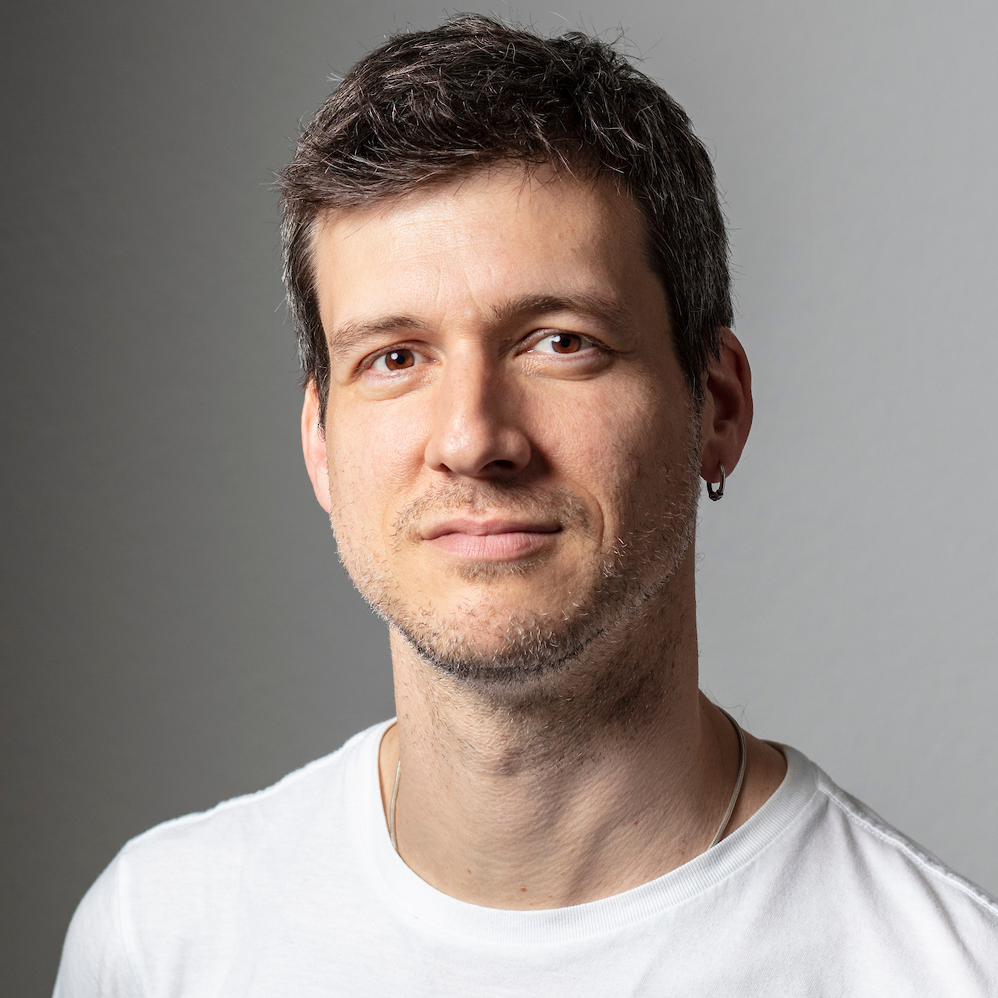









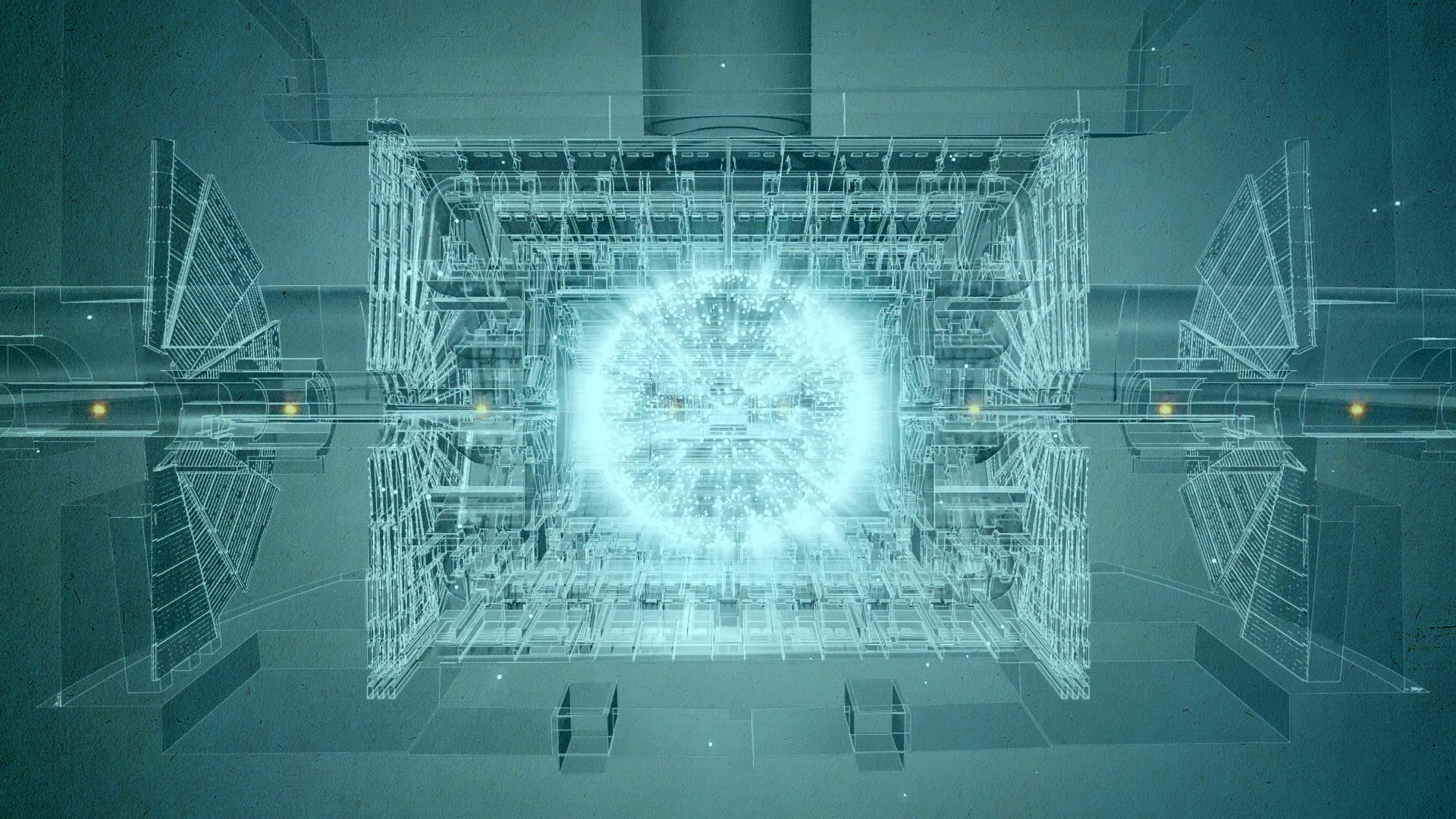

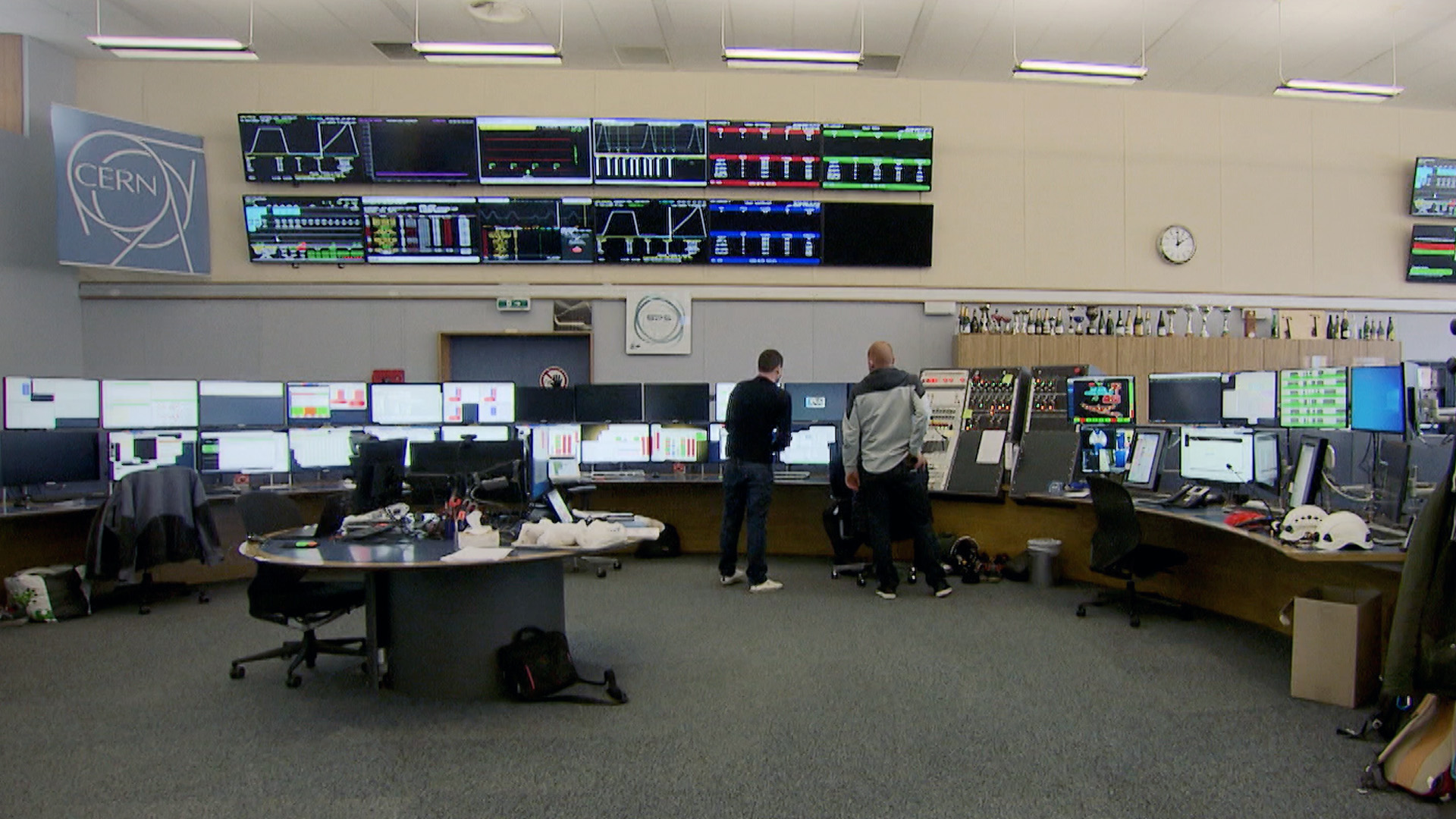

You can find an overview of ongoing debates with our journalists here . Please join us!
If you want to start a conversation about a topic raised in this article or want to report factual errors, email us at english@swissinfo.ch.